READY TO GET STARTED?
REQUEST A FREE ESTIMATE
Fill out the form below or call (888) 466-7849 for a free, no-obligation estimate.
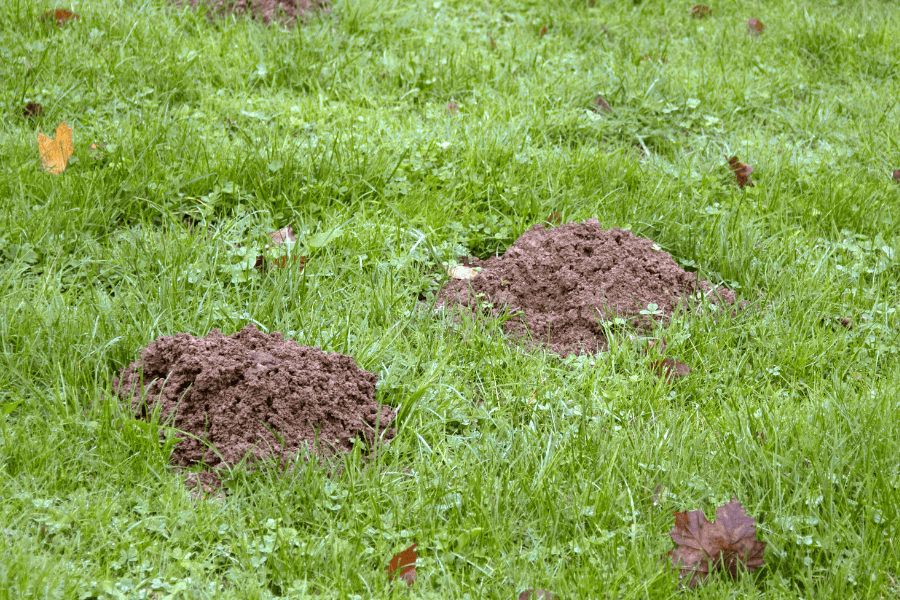
A perfectly manicured yard can be destroyed by moles in an instant! These creatures dig tunnels in search of lawn pests in your yard, including grubs, earthworms, and other bugs. Once moles invade, it can be difficult to control and remove them from your property as they can go undetected for long periods of time. One of the best ways to understand mole prevention is understanding the signs of their activity in the first place. We break down common mole signs and the preventative measures to place at your home to avoid their destruction.
There’s no one sign that can pinpoint moles in your yard but there’s several to lookout for if you suspect you’ve got a mole infestation, including:
If you’ve noticed any or all of these signs on your property, it’s likely that you have a mole in your yard.
There are several methods you can utilize to avoid mole activity. Consider the following mole control tips and tricks:
Since moles live underground, it can be difficult to prevent and control them. The best treatment for moles is target elimination through baiting, which is best done by a professional wildlife control company. These expert professionals will be able to track the mole, strategically place traps, utilize effective baits, treat the mole tunnels to avoid another mole infestation, and monitor the tunnels to ensure all moles have been removed. If you suspect moles in your yard, call your local wildlife control company for a free evaluation.
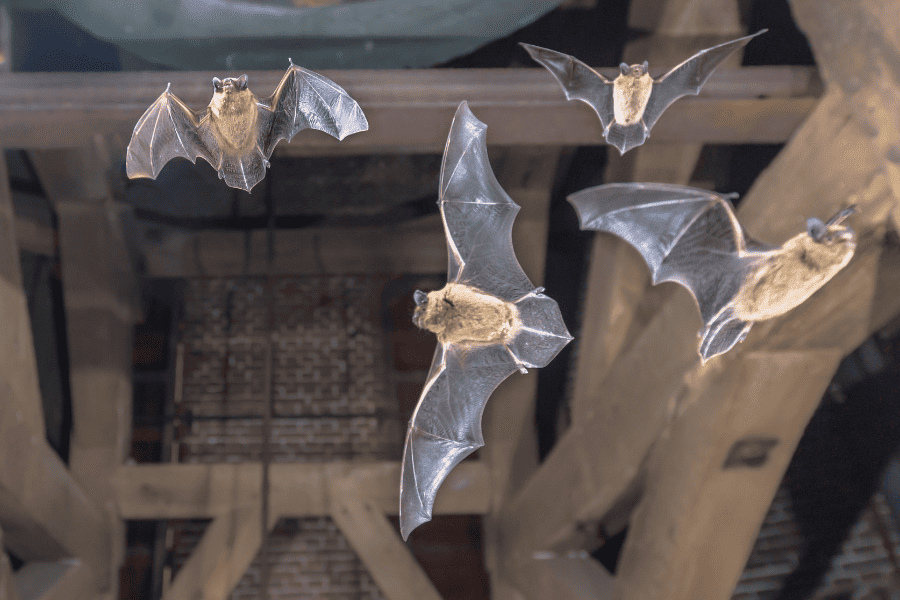
Bats are often misunderstood and feared by many, but they play an essential role in maintaining the balance of Georgia’s ecosystem. Georgia is home to 16 different types of bats, each contributing to the environment in unique and beneficial ways. Let’s go over some common Georgia bats and why they are so beneficial to humans.
While bats offer numerous benefits, they face several threats. This includes habitat loss, disease, and disturbance in roosting sites. Georgia has conservation initiatives aimed at protecting these creatures by protecting their roosting sites, educating the public, and monitoring bat populations for diseases, like white-nose syndrome.
Removing bats is a delicate matter in the state of Georgia and should only be handled by licensed wildlife control professionals. If you suspect you have bats in your home, be sure to give your local wildlife control company a call today!
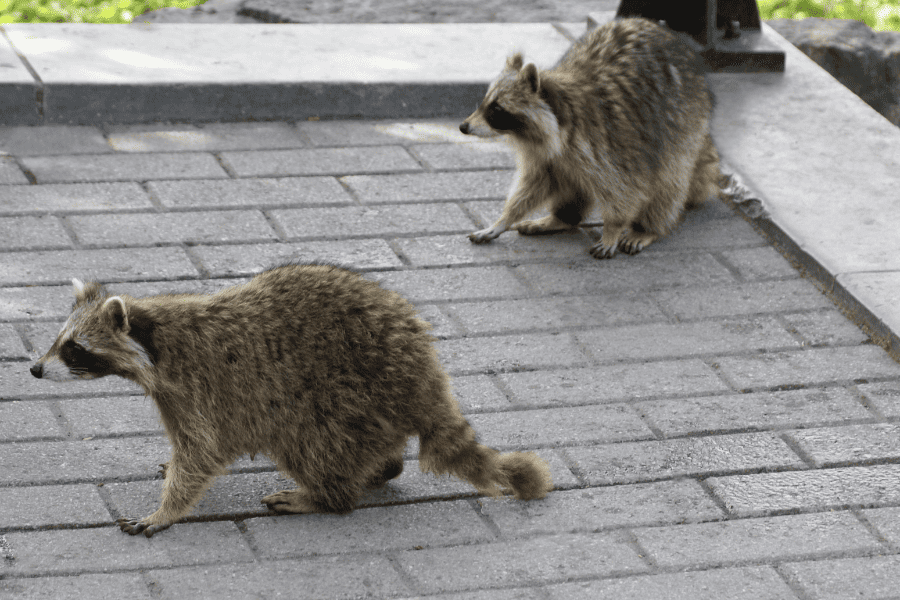
Cooler weather is approaching, and this means that wildlife will soon begin searching for warmth and shelter. This could result in them entering your home and making it their sanctuary for the season. Let’s go over common wildlife in Georgia you might see this fall and how you can deter them away from your home!
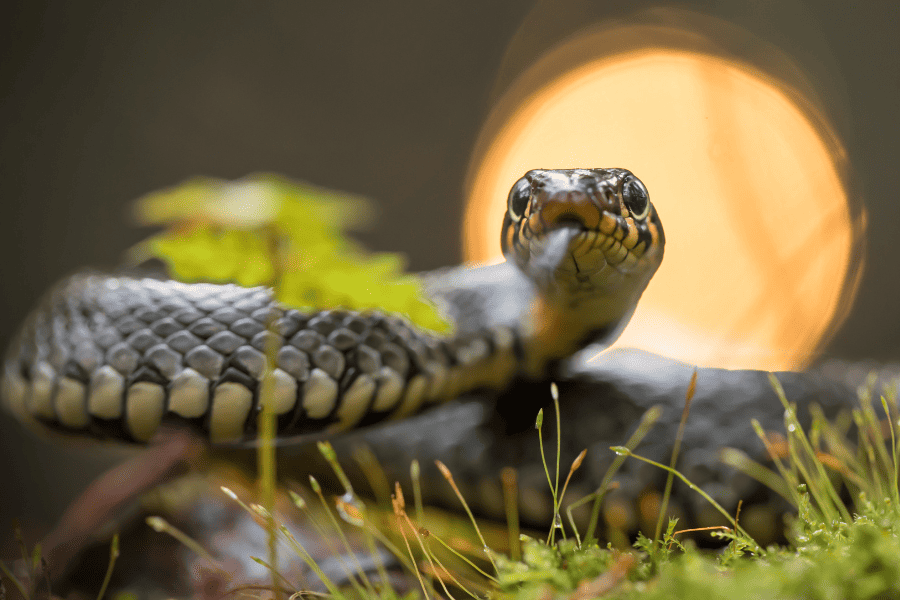
Snakes can be more common in the fall time, as they start to search for a place to begin their hibernation or brumation over the winter months. Snakes might also be more noticeable as certain snake species mate in the fall months. These creatures can go into hiding as late as December, so it’s important to keep an eye out for them until then. Sealing cracks in your foundation and making your property less appealing to them will help deter them from seeking shelter nearby.
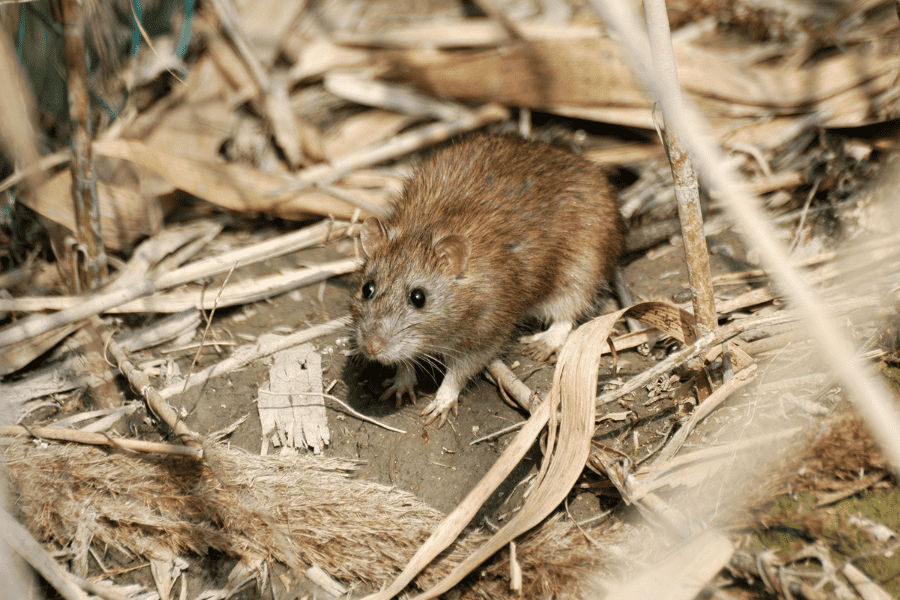
Rats and mice will often seek shelter in your home as it provides them with a readily available food supply throughout the winter. You will begin to hear their activity in the walls and attic in the fall as they start storing food in their nests. Keep these rodents out of your home by sealing up holes inside and outside of your home and storing food in airtight containers.
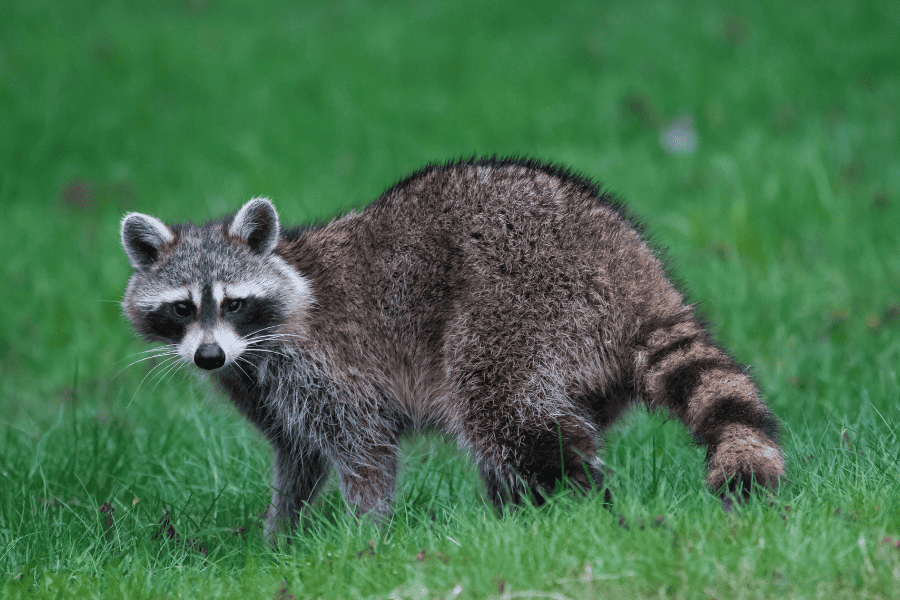
These nocturnal creatures will mostly be seen searching for food at nighttime throughout the fall. They begin searching for food in the fall to prepare for the winter months when food is scarce. Food scarcity will encourage them to be more active and creative in their search for food, which often leads them to your garbage cans. Some preventative ways to ensure raccoons don’t enter your home this fall include utilizing a lid on your garbage can and storing it outside. Likewise, seal any entry points on the exterior of your home.
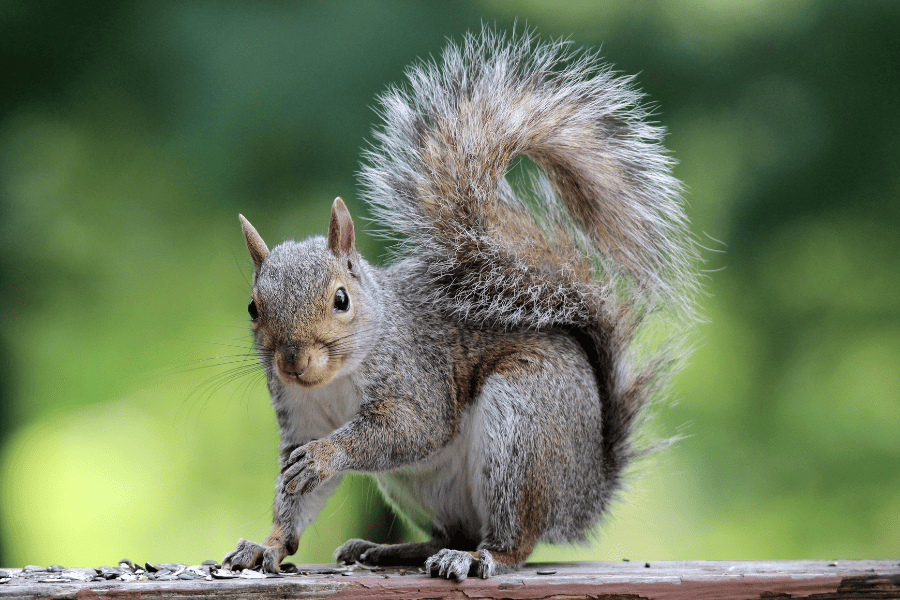
In the autumn months, squirrels have a habit of “bulking up” in preparation for the colder season. It’s common for them to seek refuge in attics, using these spaces to build their nests and stash their food supplies. However, their presence in homes can be particularly problematic since they tend to gnaw through wires and wood, potentially causing substantial damage to your residence. The best prevention tips for squirrels are to install chimney caps or screens and to take down bird feeders in the fall.
Wildlife control can be a difficult task due to some regulations for certain species. Give your local Georgia wildlife company a call today for a customized plan and a free inspection!
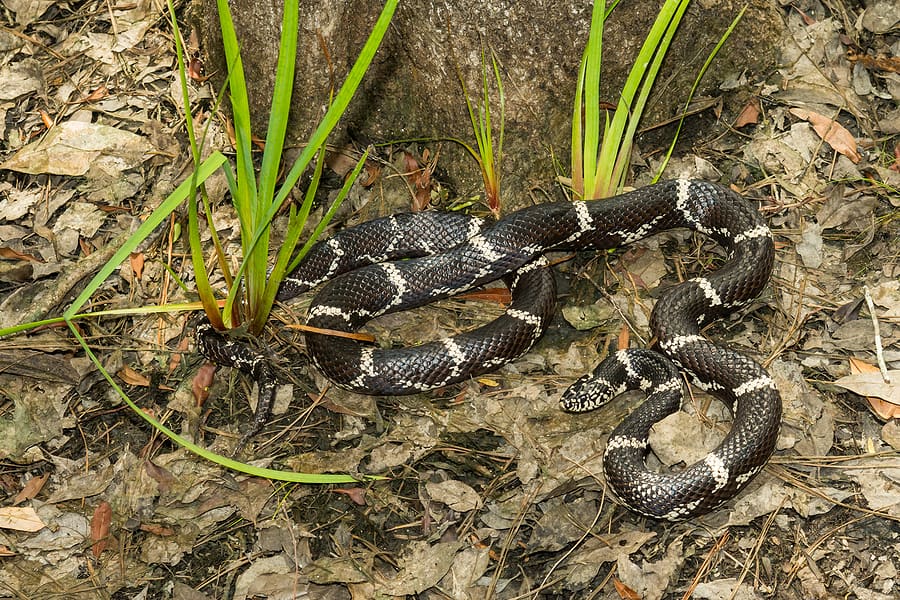
When it comes to living in the beautiful state of Georgia, there’s no denying that the warm climate and lush landscapes come with their fair share of wildlife encounters. One of the most common and, for many, dreaded encounters is with snakes. While Georgia is home to a variety of snake species, understanding snake control, prevention, and removal techniques is essential for safeguarding your property and your loved ones. In this blog post, we’ll explore common snakes in Georgia, when snake season typically occurs, and effective ways to keep these slithering neighbors at bay.
Before delving into snake control methods, let’s familiarize ourselves with some of the common snake species found in Georgia:
Snake season in Georgia typically begins in the spring and lasts through the fall. During this time, snakes become more active as they search for food and suitable breeding grounds. It’s essential to be especially vigilant during these months to reduce the likelihood of unwanted snake encounters.
Now that we’ve discussed common snakes and their active seasons, let’s explore effective snake control and prevention techniques to protect your home and family:
While preventing snake encounters is the first line of defense, it’s also crucial to know how to protect yourself from snake bites:
The importance of effective snake control and removal cannot be stressed enough. While Georgia’s natural beauty and warm climate make it an attractive place to live, it’s essential to be prepared for encounters with snakes. By following these snake control and prevention tips, you can create a safer environment for your family and minimize the chances of unwelcome snake guests. Remember that professional assistance through your local pest control company is just a phone call away if you ever need help with snake removal or control. Stay vigilant, stay safe, and enjoy all that Georgia has to offer!

Raccoons are common wildlife found around homes or anywhere they can find an available food source. Although they look cute and cuddly, they are very aggressive when cornered and can cause significant damage to your home and yard.
Raccoons mate in February and March and litters are born 60-70 days after. They have anywhere from 2 to 5 kits per litter. Young raccoons are fully weaned and independent from their mothers in the summer, which is why we often see more of them this time of year. Mother raccoons are finding food and new nesting sites for their newly independent babies.
Raccoons will nest high in trees and are often found in our attics and crawlspaces. They are omnivores and will feed on anything, often raiding our trashcans for a meal. In late summer, they increase their food intake to build up their fat layers for the upcoming winter months.
Raccoons cause damage by upending trashcans and spreading trash across our yards, leaving droppings behind that contaminate our homes, urinating in attics which contaminates insulation and can cause mold, chewing through wires causing fire hazards, and shredding insulation for nests which can lead to costly damages and increased heating and air bills.
You can prevent raccoons by: